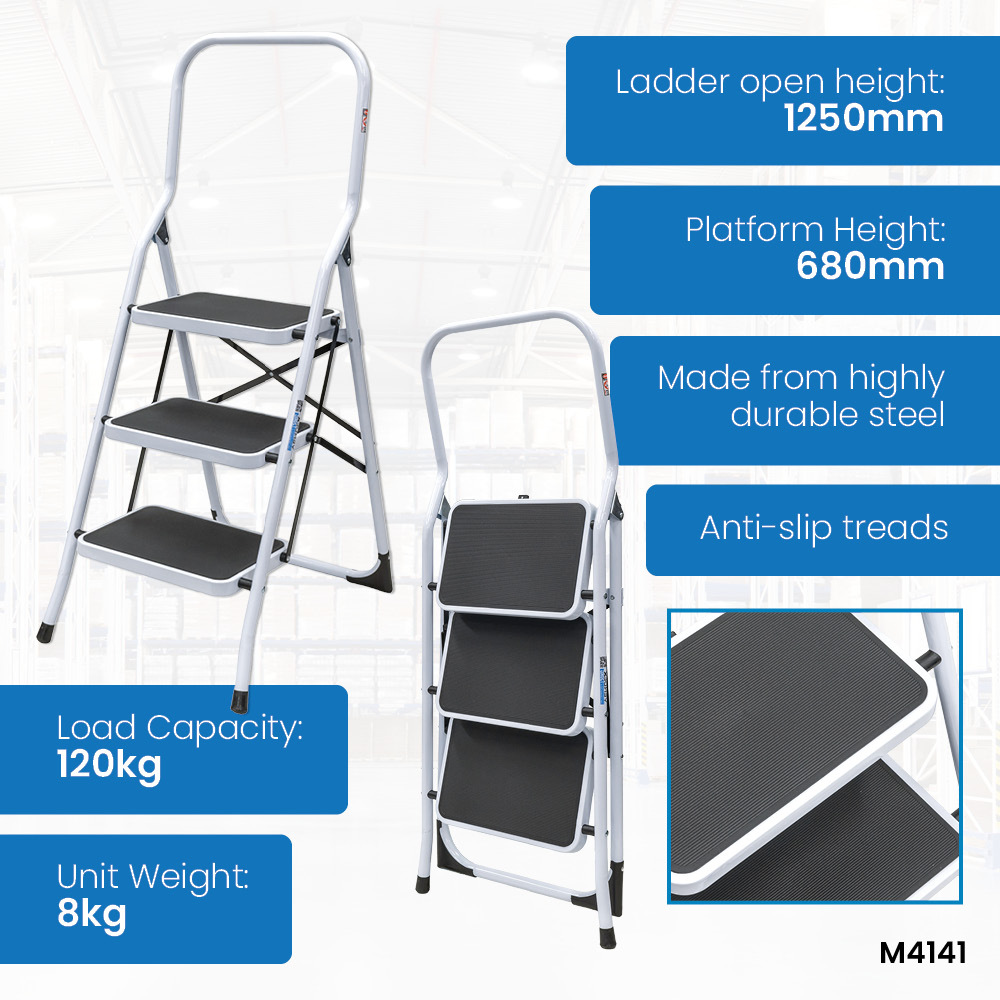Exploring the Utility and Safety of Step Ladders
Date Posted:17 July 2024
Whether used for changing light bulbs, painting walls, or performing maintenance tasks, step ladders provide a stable and portable platform for completing a wide range of household and professional projects.
Step ladders, with their simple yet ingenious design, have long been indispensable tools in various settings, from household chores to professional construction projects. Offering a stable and portable platform for reaching elevated areas, step ladders have revolutionized the way we tackle tasks requiring vertical ascent. This article delves into the history, functionality, and safety considerations of step ladders, highlighting their essential role in both domestic and industrial environments.
A Brief History of Step Ladders
The concept of the step ladder can be traced back thousands of years, with early iterations consisting of rudimentary wooden or bamboo structures used for climbing. However, it wasn't until the 19th century that the modern step ladder began to take shape. With advancements in materials and manufacturing techniques, step ladders evolved from simple wooden frames to lightweight, portable designs made from aluminum, fiberglass, or steel. Today, step ladders are ubiquitous fixtures in homes, offices, warehouses, and construction sites, offering a safe and reliable means of accessing elevated areas.
Functionality and Design
Step ladders are characterized by their A-frame structure, consisting of two parallel side rails connected by evenly spaced steps or rungs. This design provides stability and support while distributing weight evenly across the ladder's frame. The steps are typically equipped with non-slip treads or grips to ensure secure footing, even when ascending or descending with hands full.
One of the key advantages of step ladders is their portability and versatility. Unlike traditional extension ladders, which require leaning against a support surface, step ladders are self-supporting and can be freestanding, making them ideal for use in areas where there is limited space or no nearby structures to lean against. Additionally, many step ladders feature folding or collapsible designs, allowing for easy storage and transportation when not in use.
Safety Considerations
While step ladders offer convenience and accessibility, safety should always be a top priority when using these devices. Before using a step ladder, it is essential to inspect it for any signs of damage or wear, such as bent or cracked rails, loose fasteners, or worn-out treads. Additionally, ensure that the ladder is set up on a stable, level surface and that all locking mechanisms are engaged to prevent accidental collapse.
When ascending or descending a step ladder, maintain three points of contact at all times, either two feet and one hand or two hands and one foot. Avoid overreaching or leaning too far to either side, as this can cause the ladder to become unstable and increase the risk of falling. Furthermore, never exceed the maximum weight capacity of the ladder, as doing so can compromise its structural integrity and lead to accidents or injuries.
Step ladders are versatile and indispensable tools for accessing elevated areas safely and efficiently. Whether used for changing light bulbs, painting walls, or performing maintenance tasks, step ladders provide a stable and portable platform for completing a wide range of household and professional projects. By adhering to safety guidelines and best practices, users can harness the full potential of step ladders while minimizing the risk of accidents or injuries.




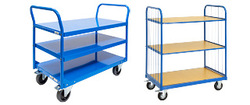

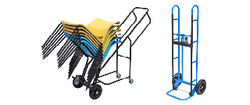


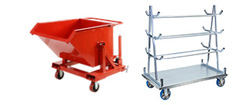
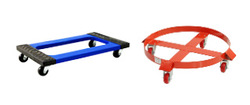
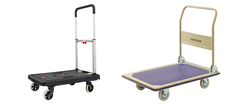
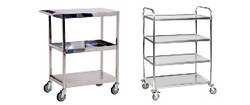

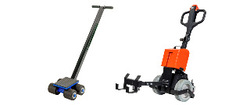
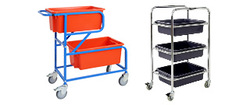
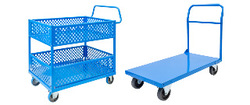
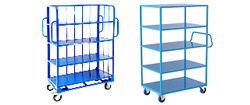

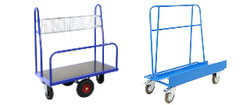
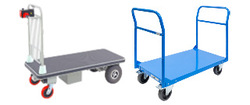
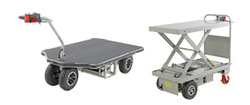

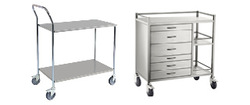
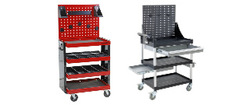
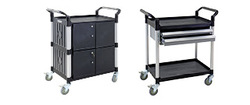
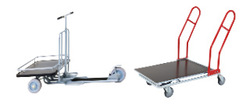
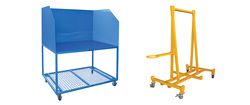



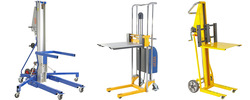



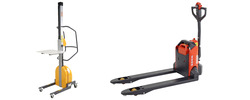
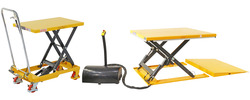
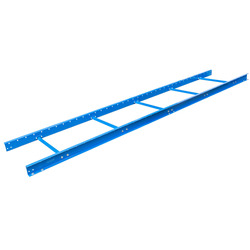
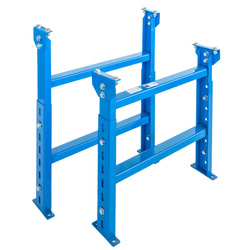

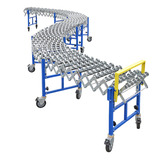




















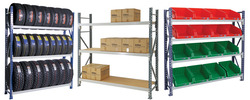
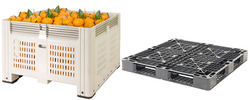
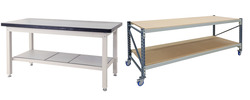
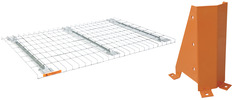




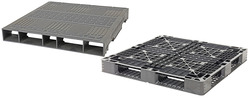

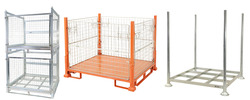

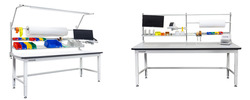






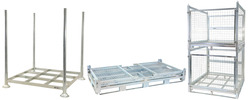
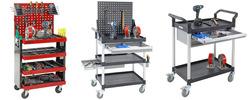














 Trolleys / Hand Trucks
Trolleys / Hand Trucks 2 Tier Trolleys
2 Tier Trolleys 3 Tier Trolleys
3 Tier Trolleys Aluminium Trolleys
Aluminium Trolleys Appliance & Hand Trucks
Appliance & Hand Trucks Cage Trolleys
Cage Trolleys Cleaning Carts & Trolleys
Cleaning Carts & Trolleys Construction Trolleys
Construction Trolleys Dollies
Dollies Foldable Trolleys
Foldable Trolleys Hospital Trolleys
Hospital Trolleys Laundry/Linen Trolleys
Laundry/Linen Trolleys Load Skates & Tow Tugs
Load Skates & Tow Tugs Mail / Office Trolleys
Mail / Office Trolleys Multi Purpose Trolleys
Multi Purpose Trolleys Multi-Tier Shelf Trolleys
Multi-Tier Shelf Trolleys Order Picking Trolleys
Order Picking Trolleys Panel Cart Trolleys
Panel Cart Trolleys Platform Trolleys
Platform Trolleys Powered Trolleys
Powered Trolleys Shopping Trolleys
Shopping Trolleys Stainless Steel Trolleys
Stainless Steel Trolleys Tool Trolleys
Tool Trolleys Utility Carts
Utility Carts Warehouse Trolleys
Warehouse Trolleys Custom Trolleys
Custom Trolleys Lifting Equipment
Lifting Equipment Forklift Attachments
Forklift Attachments Jib Attachments
Jib Attachments Lifting Hoists & Pallet Hooks
Lifting Hoists & Pallet Hooks Manual Stackers & Lifters
Manual Stackers & Lifters Pallet Jacks
Pallet Jacks Pallet Lifters
Pallet Lifters Pallet Rotators & Dispenser
Pallet Rotators & Dispenser Powered Pallet Trucks & Electric Lifters
Powered Pallet Trucks & Electric Lifters Scissor Lift Trolleys and Tables
Scissor Lift Trolleys and Tables Conveyor Equipment
Conveyor Equipment Conveyor Frames
Conveyor Frames Conveyor Stands
Conveyor Stands Roller Conveyors
Roller Conveyors Skate Wheel Conveyors
Skate Wheel Conveyors Access Equipment
Access Equipment Container & Yard Ramps
Container & Yard Ramps Step Stools & Ladders
Step Stools & Ladders Work Platforms & Crane Cages
Work Platforms & Crane Cages Drum Handling
Drum Handling Drum Storage & Bunding
Drum Storage & Bunding Drum Trolleys & Lifters
Drum Trolleys & Lifters Forklift Drum Handling
Forklift Drum Handling Containment & Spillage
Containment & Spillage Aerosol Cans Storage Cages
Aerosol Cans Storage Cages Bunded Pallets & Storage
Bunded Pallets & Storage Corrosive Goods Storage Cabinets
Corrosive Goods Storage Cabinets Flammable Liquid Cabinets
Flammable Liquid Cabinets Forklift Gas Storage Cages
Forklift Gas Storage Cages Gas Cylinder Storage
Gas Cylinder Storage Site Storage
Site Storage Spill Kits
Spill Kits Stillage Cages
Stillage Cages Waste Handling
Waste Handling Bin Lifters & Tippers
Bin Lifters & Tippers Plastic Waste Bins and Carts
Plastic Waste Bins and Carts Steel Waste and Tipping Bins
Steel Waste and Tipping Bins Storage Equipment
Storage Equipment 750 Series Cage Configurations
750 Series Cage Configurations Heavy Duty Cabinets & Benches
Heavy Duty Cabinets & Benches Heavy Duty Shelving
Heavy Duty Shelving Mega Bins & Pallets
Mega Bins & Pallets Packing Benches
Packing Benches Pallet Racking Accessories
Pallet Racking Accessories Parts Trays & Stor-Pak Bins
Parts Trays & Stor-Pak Bins Pegboard & Louvre Panels
Pegboard & Louvre Panels Plastic Bins
Plastic Bins Plastic Handling Solutions Bins
Plastic Handling Solutions Bins Plastic Pallets
Plastic Pallets Stack & Nest Bins
Stack & Nest Bins Storage Cages
Storage Cages Workplace Equipment
Workplace Equipment Workbenches
Workbenches Modular Workbenches
Modular Workbenches Electric Height-Adjustable Workbenches
Electric Height-Adjustable Workbenches Floor Matting
Floor Matting Industrial Weighing Scales
Industrial Weighing Scales Pallet Wrapping & Packaging Machinery
Pallet Wrapping & Packaging Machinery Ramps
Ramps Stationery Cupboards
Stationery Cupboards Storage and Stillage Cages
Storage and Stillage Cages Tool Trolleys
Tool Trolleys Tooling Cabinets
Tooling Cabinets Wheelie Bins
Wheelie Bins Workshop Equipment
Workshop Equipment Safety Equipment
Safety Equipment Gloves and PPE
Gloves and PPE Pallet Rack Post Protectors
Pallet Rack Post Protectors Safety Barriers & Bollards
Safety Barriers & Bollards Safety Knives & Cutters
Safety Knives & Cutters Signs and Traffic Supplies
Signs and Traffic Supplies Tool & First Aid Boxes
Tool & First Aid Boxes Construction Equipment
Construction Equipment Concrete Equipment
Concrete Equipment General Site Equipment
General Site Equipment Lifting Equipment
Lifting Equipment Site Storage
Site Storage Waste
Waste 

